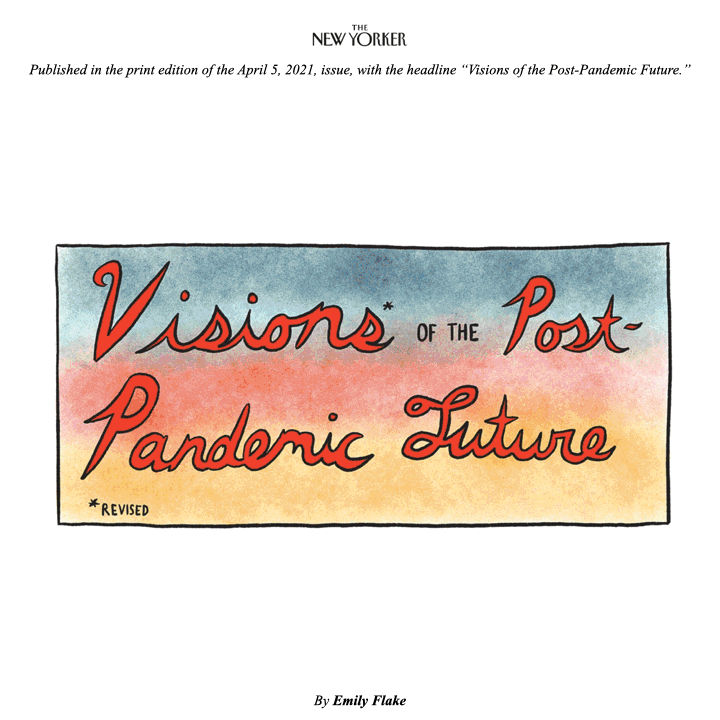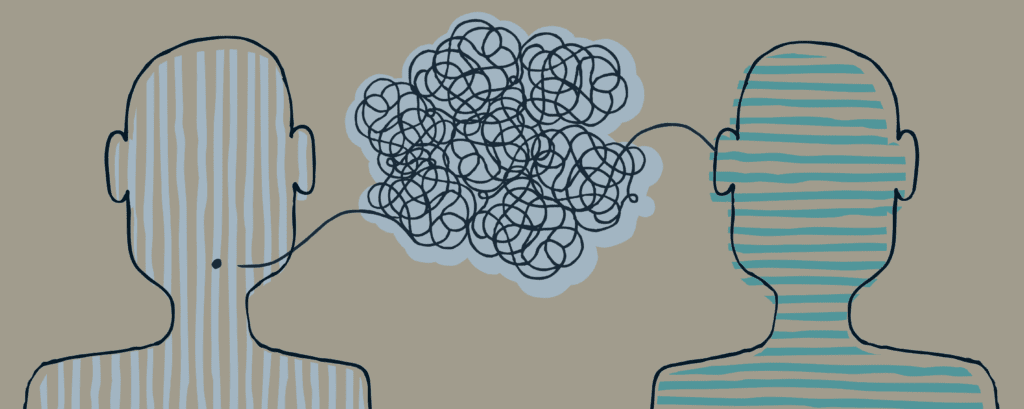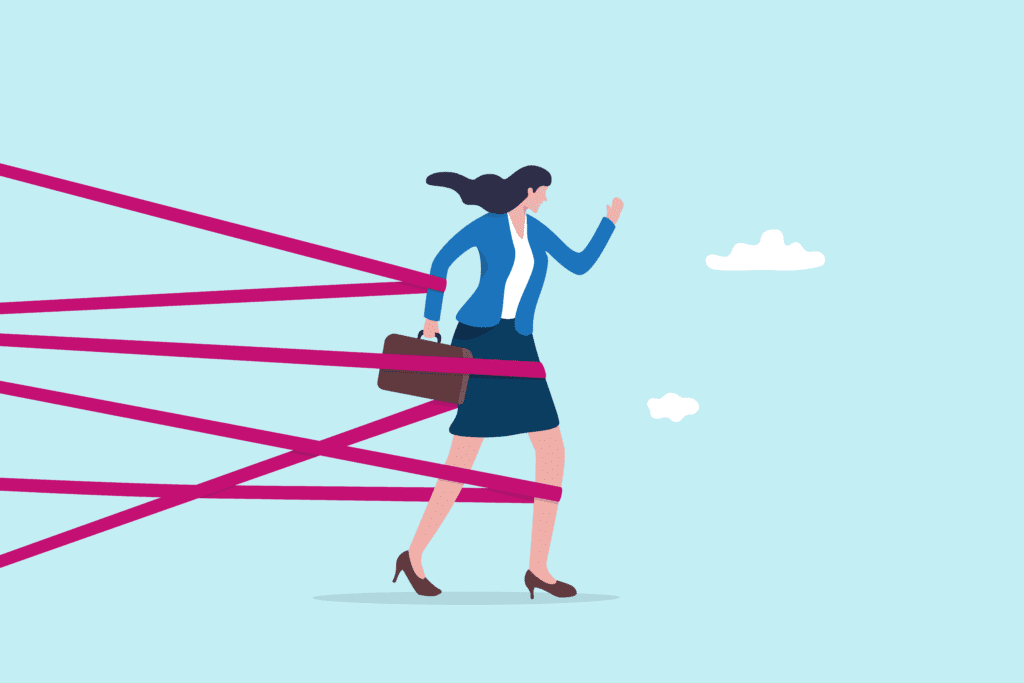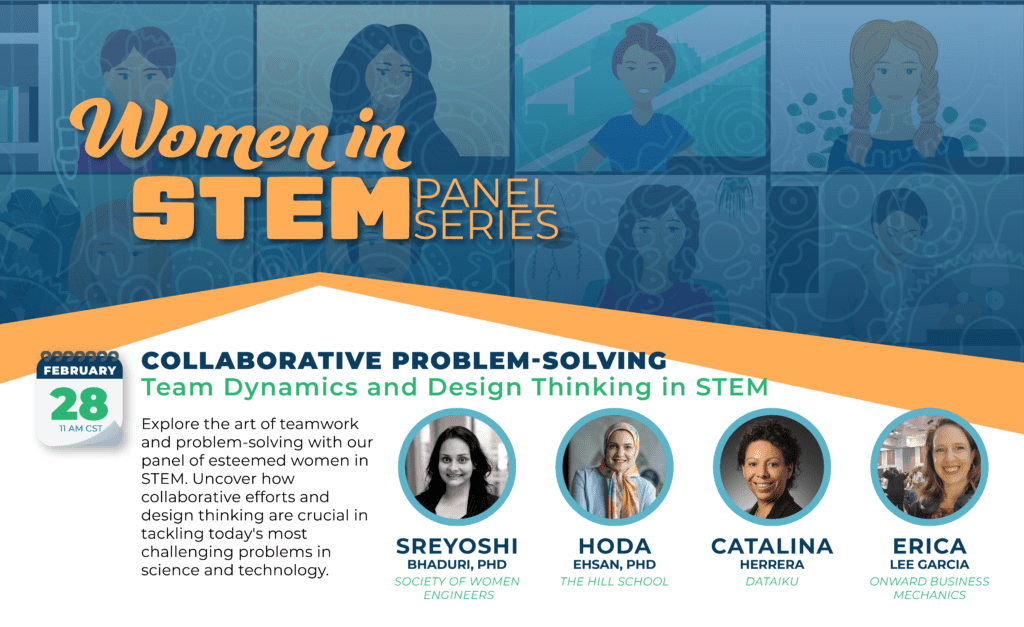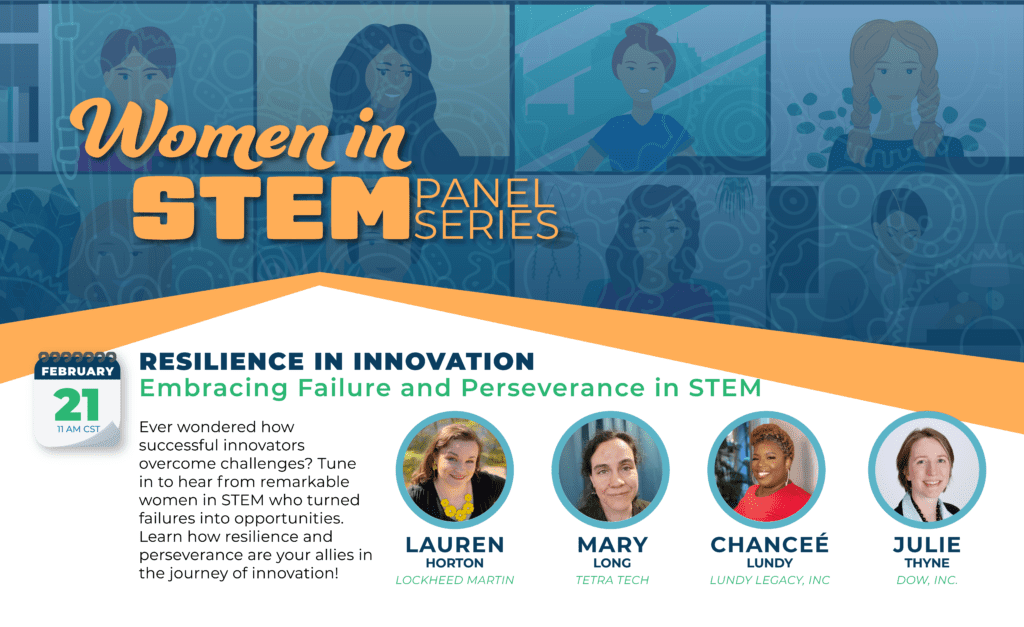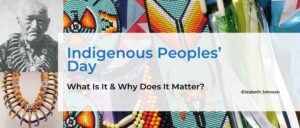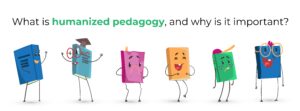As we slowly re-emerge from isolation, we may find our personal, professional, and community networks look and feel differently. However, relationships across a balanced network are essential for our resiliency. This post offers tips and strategies for assessing and improving our relational sources of resilience.
The endurance race we’ve shared since March of 2020 has transformed lives in countless ways and will leave lasting and immeasurable effects on so many. Though we are returning to some degrees of normalcy, it is inevitable that we will be adapting to a “new normal.” The pandemic has changed us, though. Perhaps a little or a lot, as we re-emerge, we are facing abundant new realities.
- How have you or your life changed during the pandemic?
- How has your job or community changed?
- How have the lives of those around you changed during the pandemic?
- What have you noticed or read about the experiences of people with marginalized or minoritized identities?
- In what ways have your relationships changed?
I taught a workshop last month where participants learned that expanding our support networks is key to building resilience, essential for surviving the pandemic, and of course the post-pandemic future, too. However, when you feel like a toad, as depicted in the cartoon, the thought of expanding a support network can feel terrifying. The thought of even re-establishing the networks that succumbed to the extended isolation can also feel a bit overwhelming.
We can nurture and build our resilience through a wide variety of interactions with people in our personal and professional lives. According to Rob Cross, Karen Dillon, and Danna Greenberg, there are eight areas of relational sources of resilience.
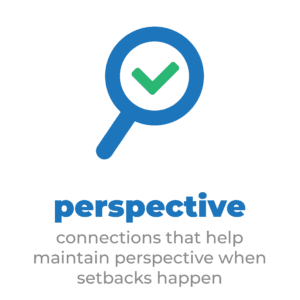

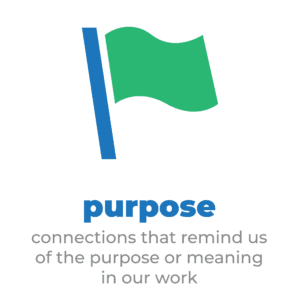
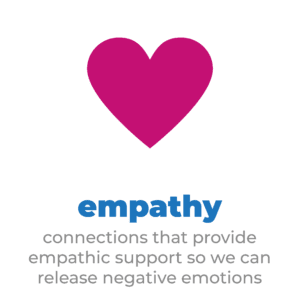
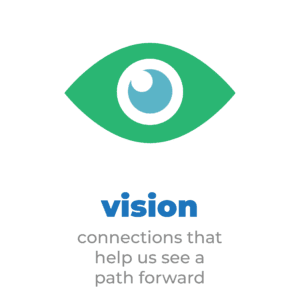

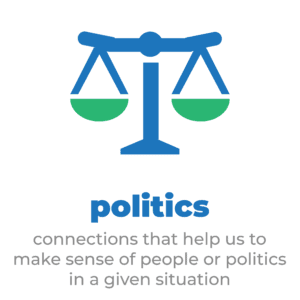
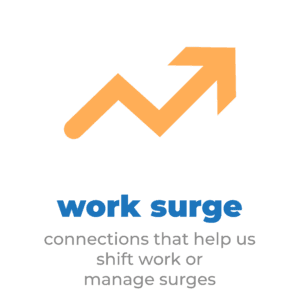
Take the following quick open poll and answer the question, "which relational sources of resiliency would you like to strengthen?"
Strategies for assessing your relational support networks
- Which relational sources of resilience are most important to you? (This can shift and change over time as our needs change.)
- Identify the top three sources that you would most like to strengthen in your life.
- Which sources are well established for you? How come? In what ways can you adopt the strategies that made those networks strong to areas where you would benefit from improvement?
- Reflect on and make a list who in your life may have met your prioritized relational needs in the past. Can you connect with them again?
Tips for improving your relational support networks
- Tell people the kind of support you need. For example, "I need you to listen and not problem solve right now."
- Ask people what kind of support they need.
- Reach out to and reconnect with people you know but haven't spoken with recently.
- Get social! (It's hard to meet new people at home.)
- Nurture new relationships! They can take time, patience, and persistence.
- Prioritize quality over quantity.
- Be open and curious to learn about others.
- Listen more than you talk, and be sure to ask questions!
- Practice empathy and kindness 🔗
- Make a plan and then work that plan!
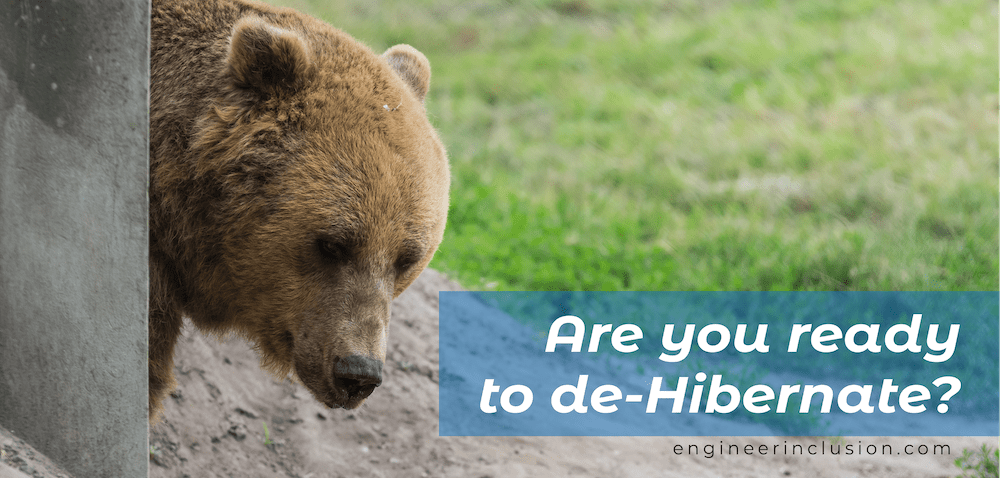
So, whether you are lingering or leaping from hibernation, I hope you are able to prioritize reinvigorating, reestablishing, or starting to build the relational support networks you need to aid you moving forward.
Discussion
- How are you re-establishing support networks post isolation?
- What are some ways that your life changed during the pandemic? How have you adjusted?
- What are your visions of a post-pandemic future?
- How can you help others build their relational sources of resiliency?
